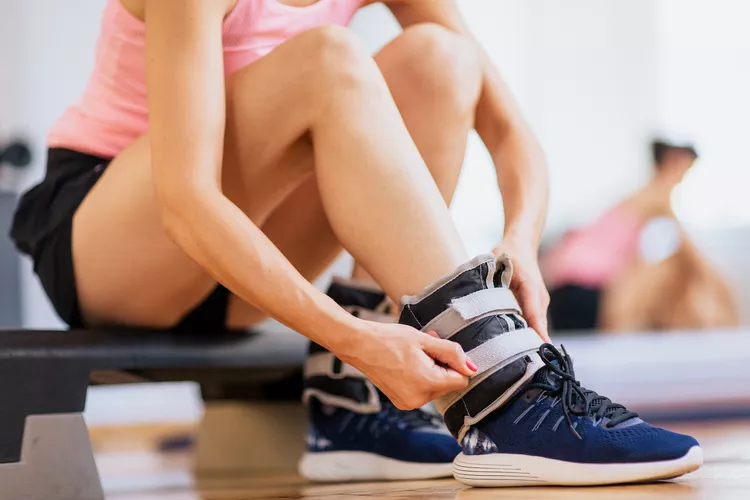You might not think about adding ankle weights to your strength training program if you’re looking to start a new routine or increase the intensity of an existing one. These small changes to your workout might be worth it.
Ankle weights can be simply wrapped around your ankles to increase endurance and strength. These weights can be used to strengthen certain areas of your body, which may be difficult to reach with dumb bells. You can make your muscles work harder by using ankle weights, whether you’re walking, running, or doing bodyweight training.
Ankle weights can cause injury if they are misused or used too often. They can be a great addition for any type of workout if they are used correctly and under the guidance of a physical therapist.
How to use ankle weights
Your ankle weight should be between 1% to 2% of your bodyweight. Some weights come with removable sandbags that allow you to change the difficulty level.
Begin by wearing ankle weights for walking and jogging. You can start slowly building up to heavier weights over time.
You can use ankle weights to strengthen your calves, hips, glutes and quadriceps. To target specific areas of the body, you can do leg lifts, glute lifts and leg rotations with ankle weights.
Benefits of ankle weights
It doesn’t matter if you are walking with your ankle weights or adding new moves to your workout, there are many benefits to using them. Although bodyweight exercise can be effective, adding weight to your body will force you to work harder than you’re used to.
Enhances walking mechanics
Although you may not believe you can or should improve your walking, it is possible to reduce injury risk and increase stamina. Research has shown that even healthy adults can walk better with ankle weights of less than 1-2% of their body weight. Walking with extra weight to exercise lower leg muscles is more effective than normal walking.
One study found that males and women with lower limb injuries had walked 2 meters with ankle weights of 0%, 1% and 2% respectively. The following parameters were measured: walking velocity, stride rate, cadence and stride speed. The 0% and 1% groups had significant differences in the walking distance, as well as the 1% and 2% groups. The groups also saw significant differences in the walking speed and cadence.
These results suggest that adults may benefit from walking with their ankles weighted.
Like other forms of resistance training such as weight lifting, adding ankle weights into your workout routine can help reduce body fat and increase muscle mass.
An experiment was conducted in 2016 to determine the effects of light resistance training with ankle-wristweights on adult anthropometric parameters. Participants were provided with ankle weights to use during daily activities for at least 20 minutes three days per week. At baseline, six weeks, three months and six months later, the body mass index (BMI), waist circumference and waist-to-hip ratio, as well as body fat percentage and skeletal muscle percentage, were all measured.
There were no significant changes in BMI, but there were some decreases in waist circumference and waist-to-hip ratios, as well as increases in skeletal muscles percentage.3 Ankle weights can be an effective way to increase anthropometric parameters and improve body composition.







